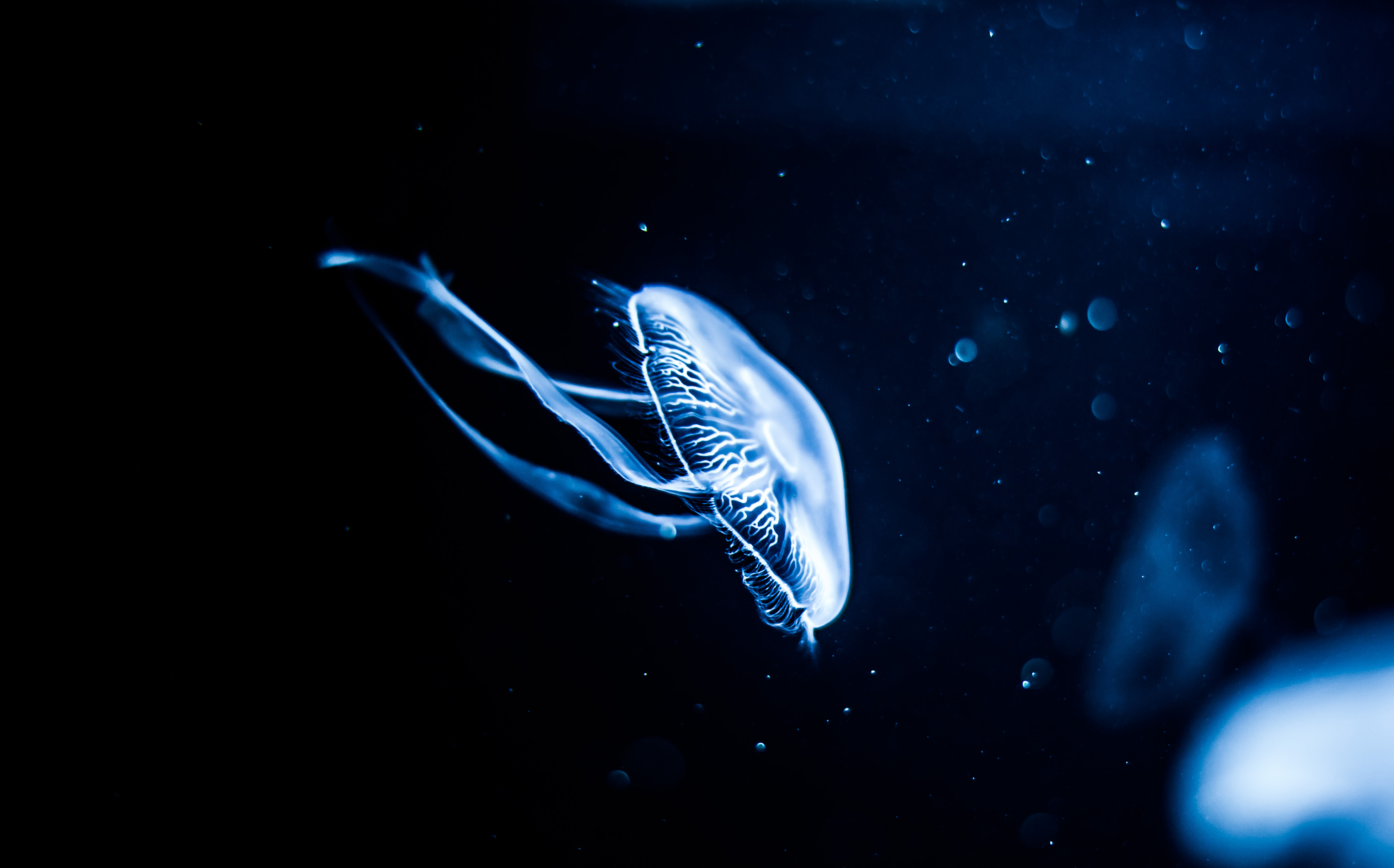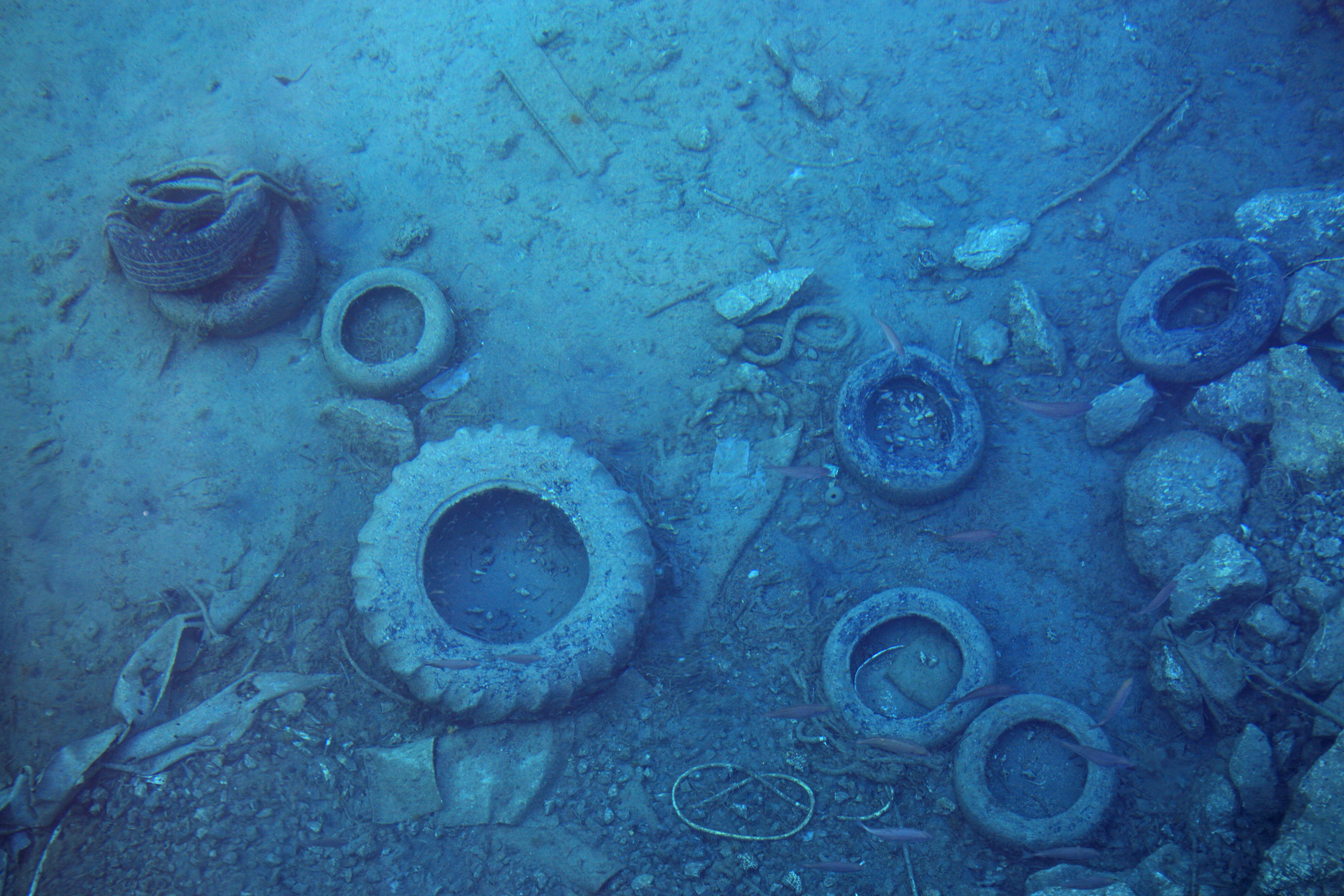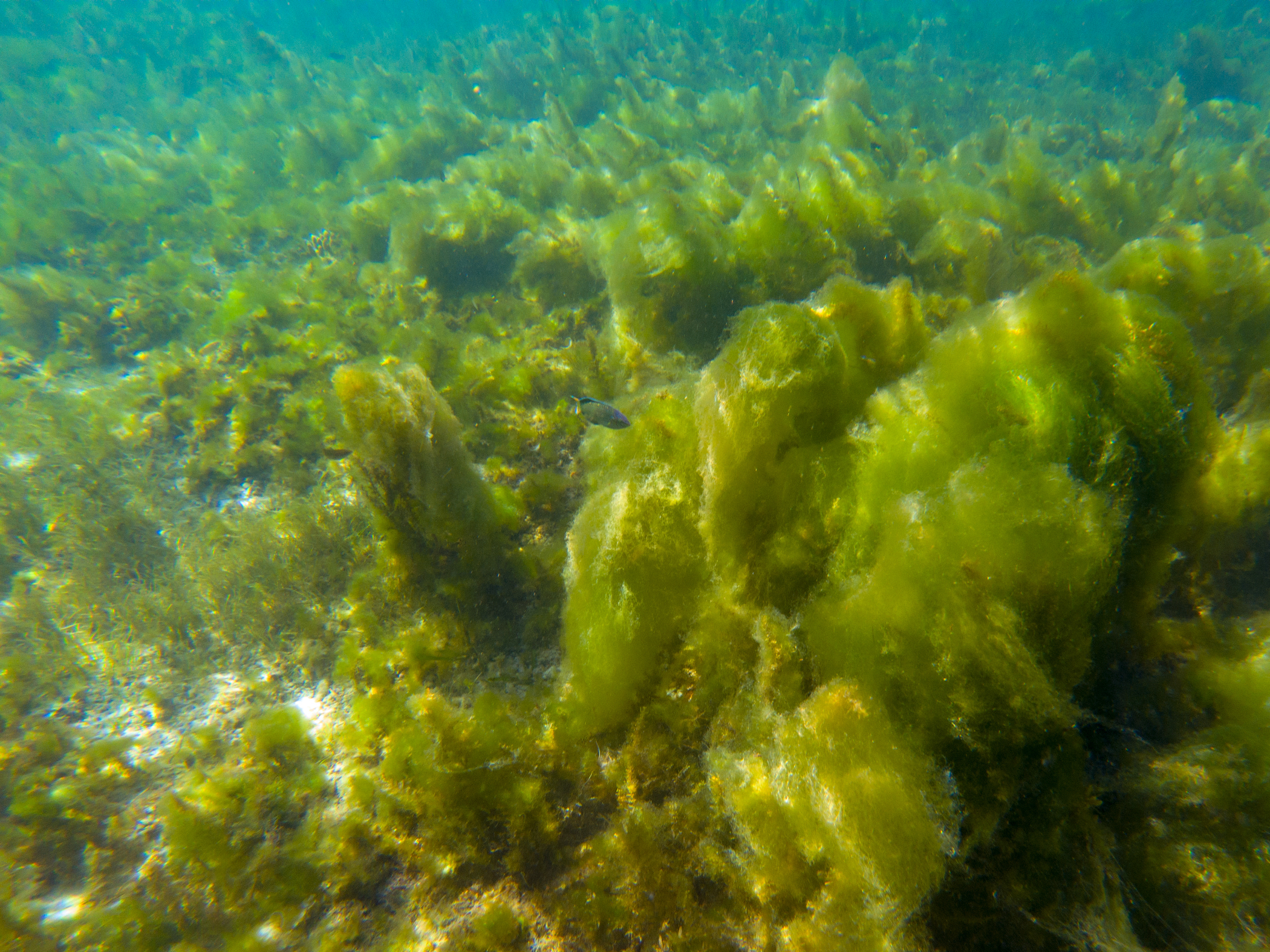I’ve been studying the ocean for 20 years, and as a graduate student so much of my focus was on the creatures, the amazing animals and microbes that lived in the ocean and how they managed to survive in this seemingly hostile environment. Now I look at it a little differently. It is as much about our relationship with the ocean as it is about those individual animals and microbes that live in the deep sea. 80% of our planet’s living space is deep ocean. That means that 80% of every habitable part of our planet is below a kilometre’s depth in the ocean, and it’s permanently dark there. Sunlight never reaches it. So this is the majority of our planet’s living space, which makes them, in a way, the normal ones, the typical inhabitants of Earth.
So what about our relationship? How does the ocean relate to humankind? After exploring the ocean for 20 years, it’s become apparent that our lives, even on a day-to-day basis, are inextricably tied to what’s happening in the deep ocean, that you cannot get around the fact that we are a biosphere, a bio system, and that we are interconnected in some ways that are obvious and we know quite well now, and in others that we’re just beginning to learn about.


